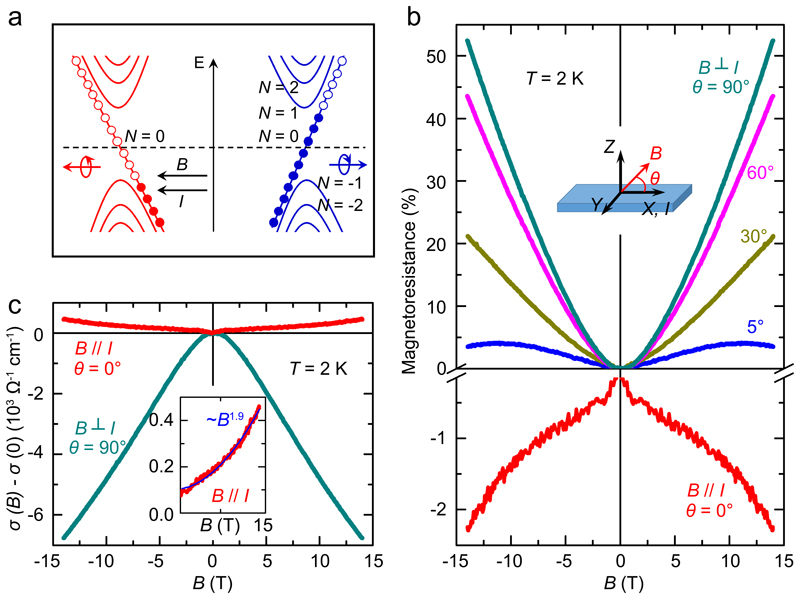Figure 3. Chiral anomaly induced negative magnetoresistance.
a, Schematic of chiral anomaly. When electron current I and magnetic field B are not perpendicular, the charge carriers pump from one Weyl point to the other one with opposite chirality, which leads to an additional contribution to the conductivity and negative magnetoresistance. b, Angle dependence of magnetoresistance at 2 K. For B ⊥ I // x // [21̄1̄0] (θ = 90°), the magnetoresistance curve shows a positive, non-saturated behaviour up to 14 T. The MR decreases rapidly with decreasing angle. A negative magnetoresistance appears when B // I // x // [21̄1̄0] (θ = 0°). c, Magnetoconductance at 2 K in both cases of B ⊥ I and B // I. The magnetoconductance is an equivalent description for the magnetoresistance. The positive magnetoconductance is observed in Co3Sn2S2 when B // I. The fitting of the positive magnetoconductance in Inset shows a ~B1.9 dependence, which is very close to the parabolic (~B2) field dependence.

